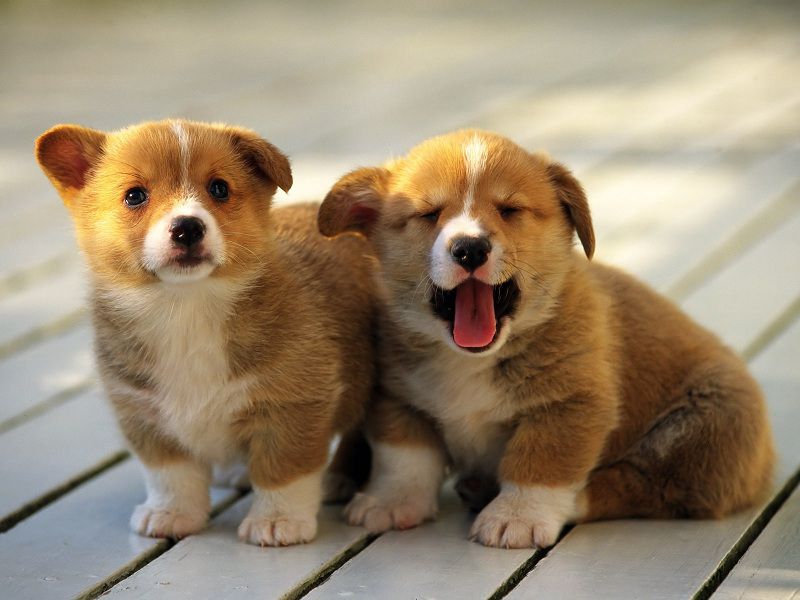Blog
How to Teach a Puppy to Come When Called: Ultimate Training Tips
Teaching your puppy to come when called, also known as the “recall” command, is one of the most essential skills you can instill in your furry friend. A reliable recall ensures your puppy stays safe, whether they’re chasing a squirrel in the park or wandering too far at the beach. This step-by-step guide will walk you through the process of teaching your puppy to come back to you every time, even if you’re new to dog training.
Why Teach Your Puppy to Come When Called?
A solid recall command offers numerous benefits:
- Safety:** Prevents your puppy from running into dangerous situations, like traffic or unfriendly dogs.
- Freedom:** Allows your puppy to enjoy off-leash play while still under control.
- Bonding:** Builds trust and strengthens your relationship through positive interactions.
- *Foundation for training:** Sets the stage for more complex commands like “stay” or “leave it.”
What You’ll Need
Before you begin, gather these essentials:
- High-value treats:** Small, irresistible rewards like bits of chicken, cheese, or puppy-specific treats.
- A quiet space:** Start in a low-distraction area, like your home or a fenced yard.
- *A long leash (optional):** Useful for practicing in open spaces while maintaining control.
- A happy attitude:** Puppies respond best to enthusiasm and positivity.
Step-by-Step Guide to Teaching “Come”
Follow these steps to teach your puppy to come when called:
Step 1: Start Indoors in a Low-Distraction Area
– Choose a quiet room where your puppy can focus.
– Stand a few feet away, holding a treat near your body to grab their attention.
Step 2: Introduce the Cue
– Say your puppy’s name followed by “come” in a cheerful, excited tone (e.g., “Max, come!”).
– As you say the cue, take a small step back to encourage them to move toward you.
– If they don’t budge, gently wiggle the treat or pat your legs to entice them.
Step 3: Reward Immediately
– The moment your puppy starts moving toward you, praise them with an enthusiastic “yes!” or “good!”
– When they reach you, give them the treat and shower them with affection.
– Make their arrival feel like the best thing ever—puppies love a party!
Step 4: Build Distance Gradually
– Slowly increase the distance between you and your puppy, starting with just a few steps.
– Practice in different parts of the house, calling them from another room or around a corner.
– If they hesitate, shorten the distance and try again—set them up for success.
Step 5: Add a Long Leash Outdoors
– Move training to a secure outdoor area, like a fenced yard or park.
– Attach a long leash (10–20 feet) to their collar for safety but let it drag loosely.
– Call “come” and gently reel them in if they get distracted, rewarding generously when they arrive.
Step 6: Fade Out Treats and Proof the Behavior
– Gradually reduce treats by rewarding with praise or a quick game (like tug) instead.
– Practice in more distracting environments, like a busy park, to ensure reliability.
– Randomly call your puppy during playtime to reinforce that “come” always means good things.
Tips for Success
- Make it fun:** Always reward coming to you—never punish them for slow responses.
- Use one cue:** Stick to “come” or “here” consistently to avoid confusion.
- Avoid overuse:** Don’t call your puppy when they’re unlikely to listen (e.g., mid-chase). Set up controlled scenarios instead.
- Keep sessions short:** Train for 5–10 minutes, 2–3 times a day, to match your puppy’s attention span.
- End positively:** Finish with a successful recall to keep them eager for more.
Common Challenges and Solutions
- Puppy ignores the cue:** Use a higher-value treat or practice in a less distracting area. Ensure you’re not calling them for something unpleasant, like a bath.
- Puppy comes slowly:** Run a few steps backward to make it exciting or toss a toy as a reward when they arrive.
- Distractions win:** Start with a longer leash and practice at quieter times of day. Gradually introduce distractions like toys or other dogs.
- Regression happens:** If your puppy backslides, return to an easier step (like indoors) and rebuild confidence.
How Long Will It Take?
Puppies learn at different paces based on age, breed, and personality. Some may grasp “come” in a week, while others need a month for consistency. Frequent, positive practice is crucial. According to the American Veterinary Society of Animal Behavior, puppies trained with rewards-based methods show faster progress and fewer stress behaviors than those trained with corrections.
Taking It Further
Once your puppy reliably comes when called, you can enhance the skill:
- Increase distractions:** Practice near other dogs, people, or food to solidify the command.
- Add speed:** Reward faster responses to encourage enthusiasm.
- Introduce emergencies:** Train a special cue (like a whistle) for urgent recalls, using extra-special rewards.
- Combine commands:** Pair “come” with “sit” or “stay” for better control in complex situations.
Final Thoughts
Teaching your puppy to come when called is an investment in their safety and your peace of mind. With consistency, patience, and plenty of rewards, you’ll have a puppy who happily bounds back to you no matter the situation. Keep training sessions fun, celebrate every success, and enjoy watching your pup grow into a responsive, well-mannered companion.
*Happy training!*


rmm1tu
yunizb
ryywnf
9gwydy
Very good partnership https://shorturl.fm/68Y8V
Super https://shorturl.fm/6539m
Good partner program https://shorturl.fm/m8ueY
Very good partnership https://shorturl.fm/68Y8V
Good partner program https://shorturl.fm/m8ueY
Cool partnership https://shorturl.fm/XIZGD
Very good partnership https://shorturl.fm/68Y8V
https://shorturl.fm/FIJkD
https://shorturl.fm/6539m
https://shorturl.fm/j3kEj
https://shorturl.fm/TbTre
https://shorturl.fm/9fnIC
eot4hg
https://shorturl.fm/m8ueY
https://shorturl.fm/j3kEj
https://shorturl.fm/9fnIC
https://shorturl.fm/TbTre
https://shorturl.fm/N6nl1
https://shorturl.fm/a0B2m
https://shorturl.fm/68Y8V
https://shorturl.fm/XIZGD
https://shorturl.fm/XIZGD
https://shorturl.fm/5JO3e
https://shorturl.fm/FIJkD
https://shorturl.fm/oYjg5
https://shorturl.fm/bODKa
https://shorturl.fm/XIZGD
https://shorturl.fm/retLL
https://shorturl.fm/0oNbA
https://shorturl.fm/Xect5
https://shorturl.fm/uyMvT
https://shorturl.fm/IPXDm
https://shorturl.fm/hevfE
https://shorturl.fm/Xect5
https://shorturl.fm/f4TEQ
https://shorturl.fm/VeYJe